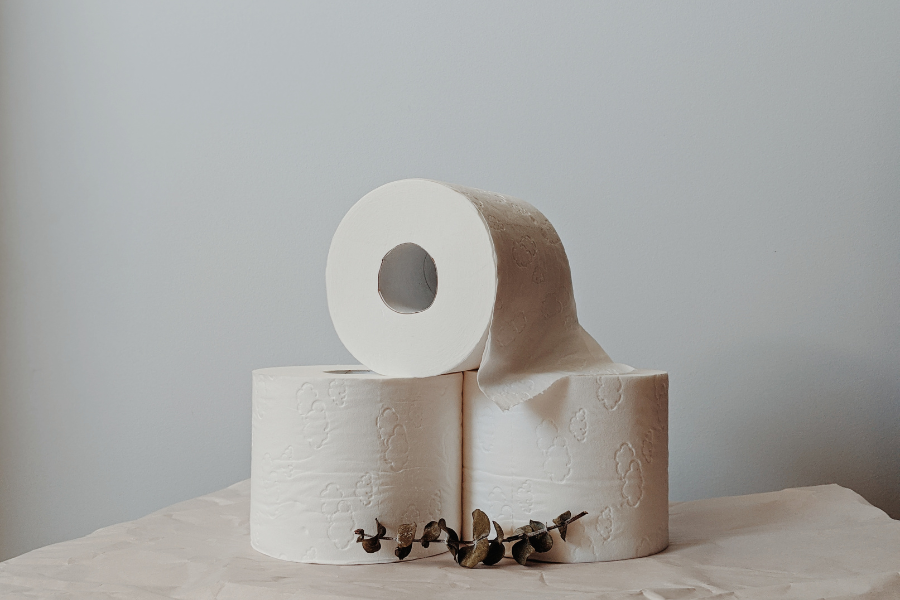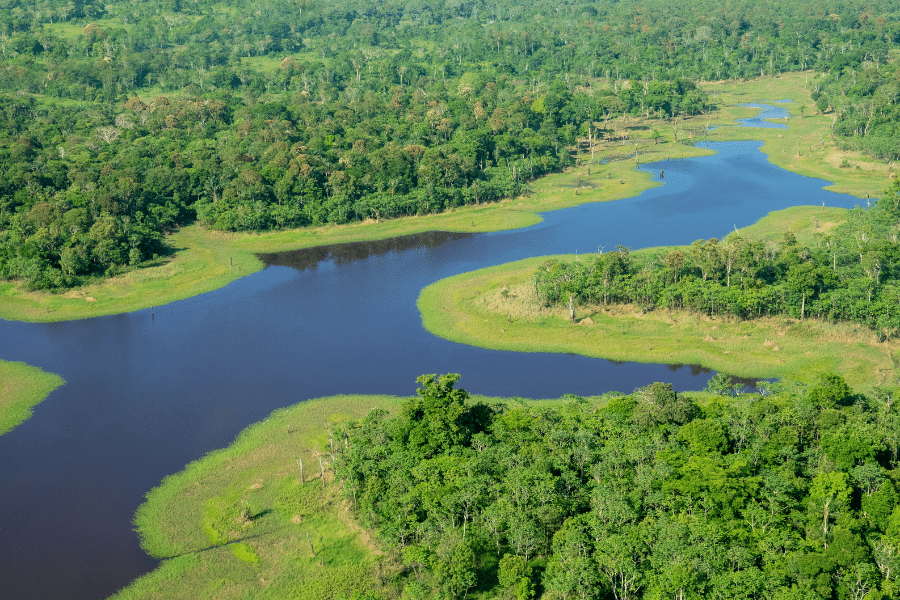Did you know that entire forests are being torn down so that we can wipe our butts? Yes, we are literally flushing century old trees down the toilet. Here are some important facts to know about this “tree to toilet” pipeline.
- 15% of worldwide deforestation is due to toilet paper industry alone
- Toilet paper is made from 70% hardwood and 30% softwood trees
- USA consumes the most amount toilet paper yearly
- The average American uses 141 TP rolls yearly. In 2nd place, Germany with 134 rolls per person yearly
- In 2022, the toilet paper industry was worth $42.98 billion. The industry is expected to grow annually by 5.43% for the next four years.
- Most TP comes from Canada’s Boreal Forest. The Boreal Forest is the “world’s largest intact forest ecosystem,”(Pew). It absorbs twice the amount of carbon than rainforest, and makes up for 25% of the remaining forest worldwide. More than 1 million acres of Boreal forest are cut every year for the toilet paper industry
- Monoculture forests have been created specifically for tree harvest within the Boreal Forest. Not only have natural habitats been destroyed to create space for these, lots of pesticides are used. This has horribly impacted wildlife and indigenous peoples.
The ‘Tree To Toilet’ Pipeline
The “tree to toilet” pipeline process is extremely damaging to the environment, wildlife and local people. Once trees are cut down, the raw material is processed and turned into pulp. Energy, toxic chemicals and lots of water are used to make this happen. For example, bleach is used in large quantities in order to “whiten, strengthen, and soften tissue products.”
During this process, dangerous chemical gasses called dioxins are released into the water and air.
Using Recycled Paper vs. Virgin Fiber
Cutting down trees for the virgin fiber is way more harmful to the environment than using recycled paper. In addition to cutting down intact ecosystems, processing virgin fiber uses 25% more water, 50% more energy and releases twice the amount of pollutants, like formaldehyde, into the air.
In addition, using recycled paper promotes a circular economy model because the raw material can be harvested from the waste of other industries.
However, even using recycled paper has its issues. Reprocessing the material still releases air pollutants. Plus, other chemicals like BPA are needed for this specific process. BPA has been linked to increased health complications such as fertility and heart issues.
> Read more about circular economy model, here.
More Sustainable Alternatives
Two other alternatives to traditional toilet paper are available. First is the bidet. The bidet was invented in the 1700s in France and has been adopted across Europe. A bidet is a specialized wash basin that is used to clean yourself after going to the bathroom. In many European and other countries around the world where it is the cultural norm to wash with water, there is a much lower consumption of toilet paper.
Bamboo toilet paper is another eco-friendly alternative to conventional toilet paper. Bamboo is the fastest growing plant and is technically grass. It is harvested once a year and grows densely, making it more space effective. It’s a sustainable alternative because it needs no fertilizing, irrigation and minimal tending. Processing bamboo into TP usually seeks to use less chemicals, such as bleach and fragrances.
Since using bamboo toilet paper isn’t mainstream yet, it is a little more costly than regular TP. Companies like “Who Gives A Crap,” who produces both bamboo and recycled TP, are trying to change that.
> Read about the 13 benefits of trees, here.
> Read about EU’s plan to combat deforestation, here
> Read about 2021’s record deforestation rate of the Amazon, here
Sources:
- “Consumer Markets: Tissue and Hygiene Paper – The United States,” Statistica, 2022.
- “Fast Facts: Canada’s Boreal Forest,” PEW, March 2015.
- Mudambi, Veer. “Flushing our Forests,” The Green Space, April 2020
- Ortiz, Pete. “Bamboo TP: Pros, Cons & Interesting Facts,” The House Grail, July 2022.
- Skene, Jennifer. “Report: The Issue with Tissue.” NRDC, February 2019
- Wylde, Kaitlyn. “15% of Deforestation Is Due to Toilet Paper Alone. Here’s How We Can Fix This,” Futurism, Sept 2017






